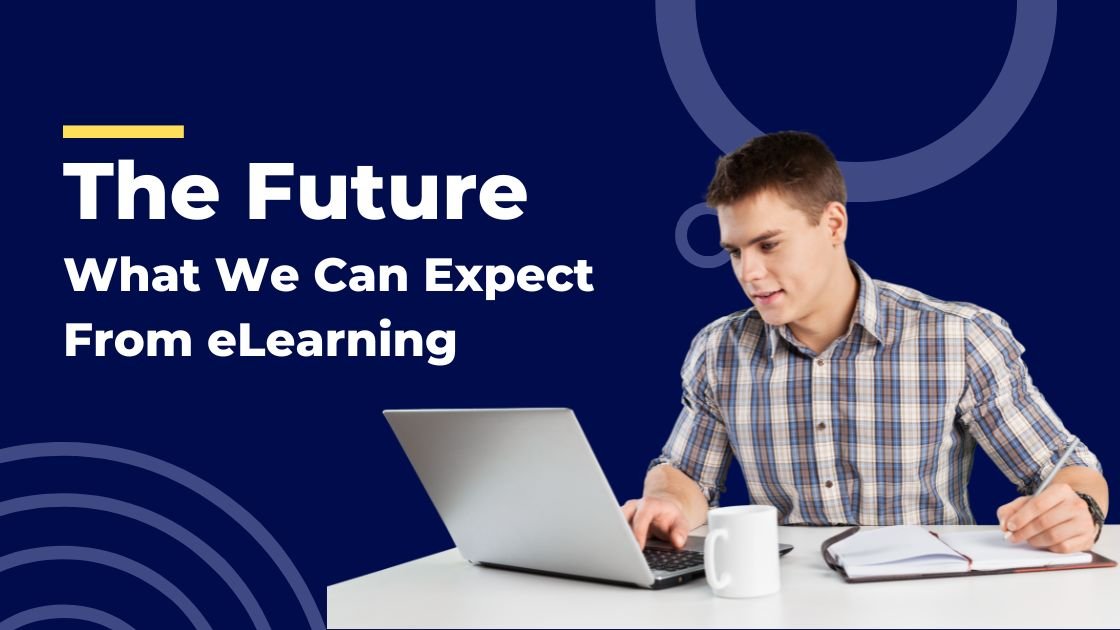In today’s world, technology is revolutionizing how we learn. With the introduction of eLearning, students can now access educational content from anywhere in the world. eLearning offers many advantages to traditional education and is quickly becoming the preferred method of learning for many people. Let’s explore why eLearning is the future of education.
Overview of eLearning
eLearning is a virtual educational platform that allows students to access educational material from any location, anytime. It does not require physical presence in the classroom and utilizes multimedia tools such as videos, slideshows, and quizzes to deliver information. eLearning also offers interactive features such as discussion boards, chat rooms, and forums for students to engage with each other and collaborate.
Benefits of eLearning
One of the biggest advantages of eLearning is that it provides students with flexibility to learn at their own pace, when it’s convenient for them. It also allows students to access educational content from anywhere in the world, so they don’t have to limit their learning opportunities to their local area. eLearning also gives students the ability to customize their learning experience by choosing courses, topics, and materials that are relevant to them.
The Growing Popularity of eLearning
eLearning is quickly becoming a popular way to learn due to its many benefits. As technology becomes more advanced, we can expect eLearning to become even more prevalent. It is estimated that by 2021, there will be over 250 million users of eLearning platforms worldwide.
Convenience and Accessibility
One of the main advantages of eLearning is its convenience and accessibility. With eLearning, students can access their course material at any time, from any location with an internet connection. This makes it easier for students to fit studying into their busy schedules, as they don’t have to attend physical classes or drive to a campus. Additionally, online courses are available around the clock, so students can take classes at any hour that works for them. Compared to traditional education methods, this provides much more flexibility and freedom for learners.
Cost Savings
Another great benefit of eLearning is that it saves money both for students and institutions alike. With traditional education methods, there are usually costs associated with attending class such as travel expenses, textbooks and other materials needed for a course or program. With online learning these costs are reduced significantly since all materials can be accessed digitally without leaving your home or office. Furthermore, institutions save money on overhead by not having to rent physical classrooms or hire additional staff members who would otherwise need to manage lectures and other activities in a physical setting.
Personalization
The personalized learning experience offered by eLearning also sets it apart from traditional classroom settings. Online courses provide more flexibility when it comes to how the course material is presented and allow instructors to tailor lessons according to each student’s individual needs and interests which leads to better engagement levels in the class overall. Additionally, automated tools such as quizzes help instructors track each student’s progress throughout the course so they can adjust teaching styles accordingly if needed.
The Future of Education
As the popularity of eLearning continues to grow, we can expect it to revolutionize traditional education. For example, schools may start using blended learning that combines traditional classroom instruction with eLearning. This type of learning environment would provide students with the best of both worlds: a personalized, interactive learning experience as well as direct instruction from an instructor.
In addition to blended learning, we can also expect to see more online certificate and degree programs popping up in response to the growing demand for eLearning. This could provide more opportunities for students to gain specialized skills and knowledge without having to physically attend a traditional classroom setting.
Overall, eLearning is the future of education, and it will continue to revolutionize the way we learn in the years to come. With flexible learning schedules, interactive content, and customized learning materials, eLearning is changing the way we approach education and creating more opportunities for students around the world.
From convenience and cost savings to personalization, there are many reasons why eLearning is quickly becoming the preferred choice for many people looking to further their knowledge or pursue a degree online. As technology advances and more educational materials become available online, you can expect that even more people will begin turning towards digital solutions when seeking out educational opportunities in years ahead!
eLearning is the future of education, and it is quickly becoming the preferred way to learn for many students. With its flexibility, customization, and interactive features, eLearning provides a personalized learning experience that traditional classrooms cannot replicate. Technology is also playing an important role in enhancing the eLearning experience by providing access to educational content from anywhere in the world and offering interactive features like discussion boards and chat rooms. As technology continues to evolve, so will eLearning, providing more opportunities for students around the world to gain specialized skills and knowledge.
Will eLearning replace traditional education?
It is unlikely that eLearning will completely replace traditional education any time soon. However, it does offer an increasingly viable option for many students to learn further and faster than ever before, with greater flexibility and convenience.
How can I integrate eLearning into my existing educational program?
When integrating eLearning into your existing educational program, be sure to consider the goals of your program, as well as the available resources you have at your disposal. Additionally, think about how you can use technology to enhance the learning experience while maintaining your school’s core values.

